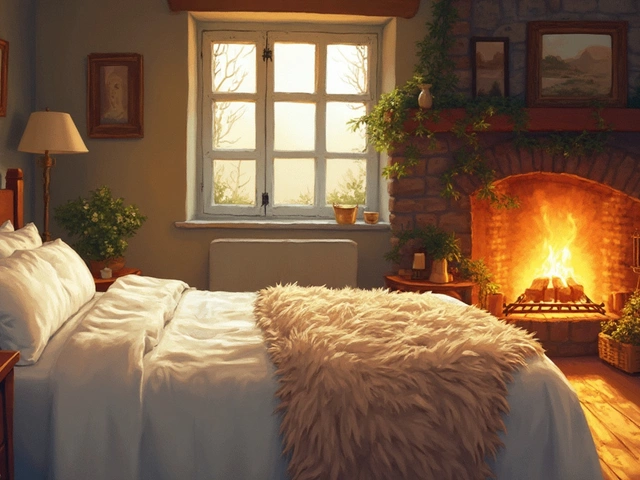Contact Paper: Quick & Affordable DIY Makeovers
Ever looked at a worn countertop or dull cupboard door and wished there was a fast fix that didn’t break the bank? That’s where contact paper steps in. It’s a thin, self‑adhesive sheet that sticks to almost any smooth surface and peels off when you’re ready for a change. No tools, no mess, and you can switch styles whenever the mood strikes.
Everyday Uses That Transform a Room
One of the coolest spots for contact paper is the kitchen backsplash. Instead of pricey tiles, grab a patterned sheet, cut it to size, and apply it behind the stove. It protects the wall from splatters and looks stylish in minutes. Same trick works for pantry shelves – line the interior to keep crumbs from building up and add a pop of colour.
Furniture gets a makeover too. Whether it’s a dated coffee table, an office desk, or the back of a bookshelf, contact paper can hide scratches and give a fresh finish. Choose a wood‑grain look for a rustic vibe or a sleek metallic sheen for a modern feel. Even drawers benefit – a quick lining makes the inside look organized and easier to clean.
Walls aren’t off‑limits. If you love the look of wallpaper but fear commitment, go for removable contact paper. It’s perfect for an accent wall in a bedroom or a kids’ play area. Pick a fun pattern, apply, and step back to see an instant change. When the kids grow up or you crave a new hue, peel it away without damaging the paint.
How to Apply & Remove Without a Hitch
Start with a clean, dry surface. Dust off any lint or grease – a quick wipe with a damp cloth does the trick. Measure the area, then cut the contact paper a little larger than needed; you can trim the excess later. Peel off the backing slowly, letting the sticky side touch the surface as you go. Use a credit card or a flat ruler to smooth out bubbles from the centre outwards.
If you hit a stubborn bubble, lift the paper gently and reapply that section. For tight corners, use a utility knife to score the paper, then bend it around the edge. Once everything looks smooth, run a soft cloth over the top to press the adhesive fully into place.
When it’s time to remove, warm the paper with a hair‑dryer for a few seconds. The heat softens the glue, making it peel away cleanly. Pull the sheet back at a shallow angle – if any residue sticks, a mix of warm water and mild dish soap will dissolve it. Rinse the surface and let it dry before you decide on the next look.
Pro tip: keep a roll of plain contact paper on hand for quick repairs. Got a torn corner on a cabinet? Cut a small patch, apply, and the damage disappears. It’s like a secret weapon for home upkeep.
Bottom line: contact paper gives you the freedom to experiment without committing to paint or tile. It’s budget‑friendly, easy to install, and leaves no lasting damage. So next time you spot a space that needs a lift, reach for a roll of contact paper and give your home a fresh look in minutes.

Do People Line Shelves? When It’s Worth It, Best Materials, and How to Do It Right
Wondering if you should line shelves? Clear advice on when it helps, when it doesn’t, the best materials, NZ costs, and a simple how‑to that actually works.
Categories
- Storage (27)
- Bathroom (18)
- Sofas (15)
- Curtains (15)
- Home Decor (12)
- Bedding (11)
- Kitchenware (11)
- Cushions (11)
- Mirrors (10)
- Rugs (9)



